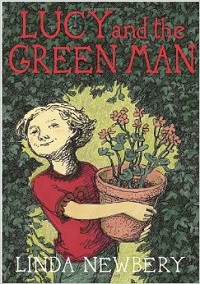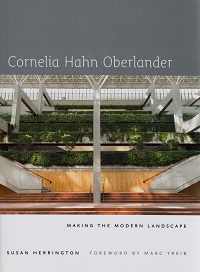
In the summer of 2013, I visited Vancouver, B.C. Across the street from my hotel was a wonderful urban space, Robson Square; I spent one morning of my precious two days exploring this space. On the same trip I visited the dazzling new visitor center at the VanDusen Botanical Gardens. Although these two projects had widely spaced completion dates (1983 and 2011), the landscape architect for both projects was Cornelia Hahn Oberlander, the subject of a new biography by Susan Herrington.
Oberlander, in addition to being one of the premier landscape architects of our region, has lived a fascinating life – she and her family escaped Nazi Germany shortly before World War II. She graduated from the Harvard Graduate School of Design in 1947, one of the first women to do so, and spent several years of her early career on projects in Philadelphia “…working directly with communities and incorporating their views into the design process.”
She and her husband moved permanently to Vancouver in the late 1950s when the city was…”a tiny town…I was able to conquer new ground. In the east I would have never been able to do that.” She also became a mother and this perhaps led to a strong interest in the design of playgrounds, using her three children as subjects in her research on what design elements work from a child’s perspective. One of her most famous projects was the outdoor play environment at Expo 67 in Montreal, which proved more popular than the more structured, indoor Children’s Creative Centre it adjoined.
The Jim Everett Memorial Park on the University of British Columbia campus is one of Oberlander’s more recent projects (2002). Intended for the children of students living in nearby university housing, the challenges were significant: liability issues surrounding playgrounds have tightened in recent years and there were already several demands on the space for junior soccer, festivals, and providing pleasing views from the resident’s apartments. The results relied on a landscaping – berms, sunken ovals, and small mounds – and limited hardscape, mostly seating areas for the parents, to create the play space. There is no playground equipment. In the planning state, one member of the public declared a “playground without a swing-set, slides, and teeter-totters was un-Canadian!” This same parent, observing her children happily at play in the completed park, commented to Oberlander that this was “not so much a Canadian playground as a human one.”
While these small scale projects have been very successful, Oberlander is best known for her larger works, which include subjects in a wide range of settings and climate zones such as the Museum of Anthropology at the University of British Columbia (1976 and 1997), the Legislative Assembly Building in Yellowknife, Northwest Territories (1994), and the courtyard of the New York Times building (2007).
Excerpted from the Fall 2015 Arboretum Bulletin.



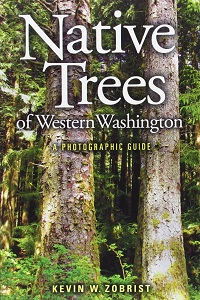
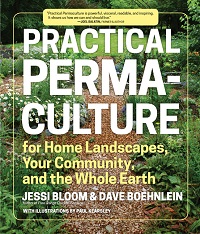


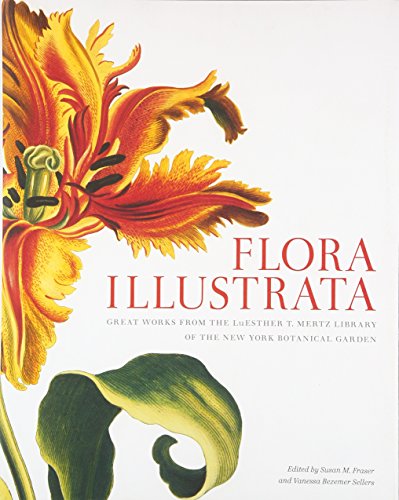 New on the shelves of the Miller Library is a wonderful book, Flora Illustrata, about the LuEsther T. Mertz Library of the New York Botanical Garden. What makes it so wonderful? Why write a whole book about a library? The editors, Susan M. Fraser and Vanessa Bezemer Sellers, answer these questions in their preface. “We hope that Flora Illustrata captures the wonderful experience of spending an afternoon…among the rustling sound of turning pages, the smell of age-worn paper-worlds of wonder emerging from the heavy sheets.”
New on the shelves of the Miller Library is a wonderful book, Flora Illustrata, about the LuEsther T. Mertz Library of the New York Botanical Garden. What makes it so wonderful? Why write a whole book about a library? The editors, Susan M. Fraser and Vanessa Bezemer Sellers, answer these questions in their preface. “We hope that Flora Illustrata captures the wonderful experience of spending an afternoon…among the rustling sound of turning pages, the smell of age-worn paper-worlds of wonder emerging from the heavy sheets.”
